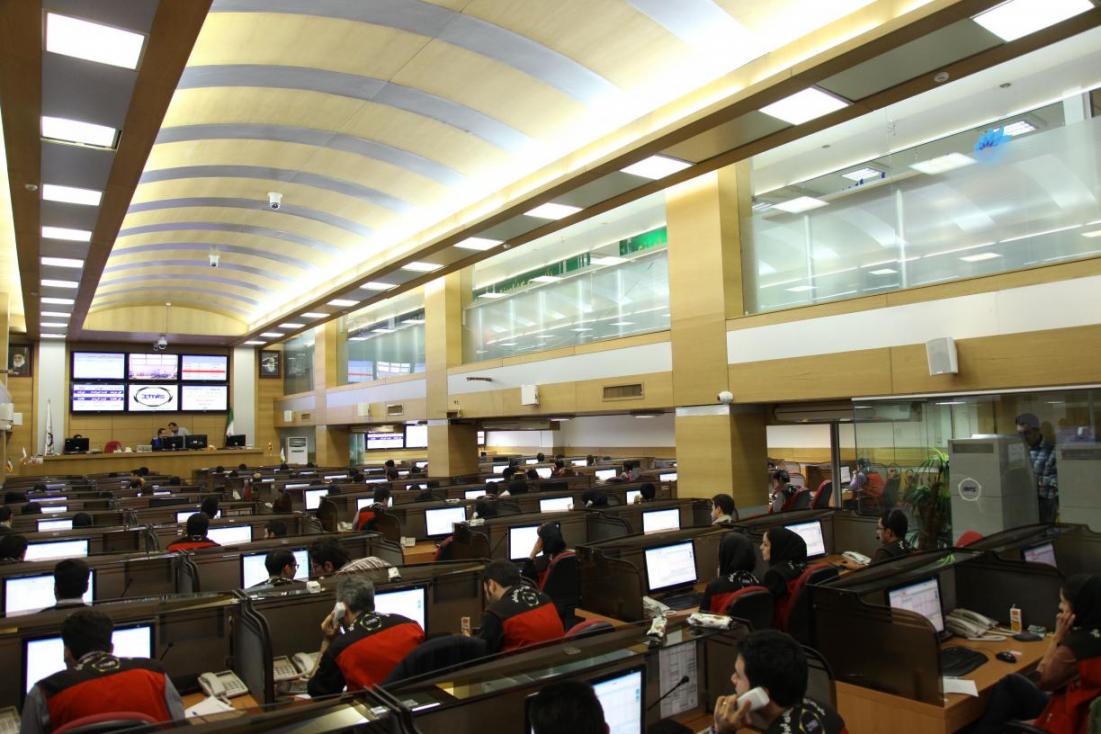Iran Mercantile Exchange and Tehran Stock Exchange are gradually introducing more futures contracts as the country tries to hedge risks and stabilize the prices of agricultural, industrial and mining goods.
TSE offers a wide range of futures contracts, from the production of non-alcoholic beer and shoes to steel and gold coins. IME only offers futures contracts on cumin, soybeans and gold coins. All of these contracts conform to Sharia, or Islamic law, which differentiates them in crucial respects from the more risky futures traded in non-Islamic exchanges.
Islamic futures are designed in such a way as to guarantee delivery and payment. Risk and speculation are rejected as principles of market exchange and the goods need to be valuable and real. The advantage in Islamic futures lies in their ability to predict future demand and supply, while in essence constituting nothing more than a deferred contract.
Many scholars point out that more extensive use of Islamic future contracts globally could prevent harmful speculative financial crises like the subprime mortgage in the US.
There are various ways in which futures can conform to Islamic law. In Iran, both sides of the agreement have to pay an insurance deposit, administered either by their local broker or the Barter Chamber at the Securities and Exchange Organization. This deposit is adjusted on a daily basis against the price fluctuations of goods. If the agreement is cancelled, both parties have to pay a fee, the amount of which depends on the situation. For example, if the cancelling party can find someone to substitute him, no fee needs to be paid as the contract is continued in its original form.
One particularly large future market in Iran is in gold coins, which was the first futures contract launched by the IME in 2008. Initial deposits here amount to 18 million rials.
Gold futures are theorized to stand in reverse relation to the stock market. In other words, if the stock market is bullish, the price of gold will decrease as investors swap firm shares for safer assets. The importance of risk hedging through the futures market in gold has become particularly important in a stressful economy hit by sanctions and price uncertainty. Iranians have also experienced volatile inflation rates in the past, which have caused many to exchange rial savings into gold. As a result, the number of transactions in gold futures has grown significantly over the past years.
Additionally, transactions tend to spike when important political decisions influence the Iranian economy. In the last week of August, when uncertainty surrounding the US Congress vote on the nuclear deal reached its pinnacle, the number of contracts reached almost 56,000, up threefold from the week before.
Although the coin futures market is liberalized, IME imposes limits of 5% on daily price fluctuations, which some have criticized as one reason why the spot market in gold coins, where such restrictions do not exists, tends to lead the futures market.
In a bid to increase food security and strengthen the resistance of the economy to foreign shocks, the government hopes that the extension of futures contracts will make the supply and prices of basic goods more predictable. Last month, IME added soybean to their list of futures contracts, with Hossein Panahian, managing director, promising the introduction of more futures on agricultural goods soon, according to IRIB.
The government’s eagerness to liberalize futures contracts stands in contrast to its more conservative position taken in relation to the stock market, where one policy is to prevent large and unpredictable fluctuations in the share values of strategic industries. Iran’s futures markets are much more internationalized than ordinary stocks. For example, IME is linked to the Interexchange Electronic Union, connecting Iran with the commodity exchanges of five former Soviet states.
The government is also looking into establishing a currency bourse, which would include futures contracts on forex. While talks on this subject go back at least three years, officials hope that the lifting of sanctions and unification of exchange rates will realize Iran’s bid to build a major forex market.
Analysts predict that on the back of this support, futures markets will continue to grow and receive international attention.


